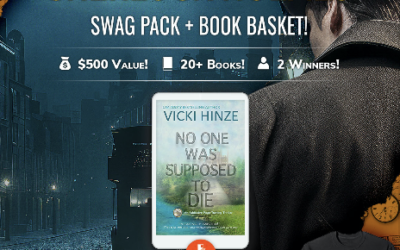WARNING: This is a no-edit zone…
When writing a novel, the author guides readers in their emotional responses and reactions to what is occurring in the events through multiple means. A few center around the details they choose to include. The way in which they include them, the character they select to include them, and both the character’s reaction and the other characters’ reactions to those details. The media is skilled in these things and offers much for writers to learn.
Many authors haven’t considered these bonds but they are significant and can be extremely useful to the author. For example:
1.If you want the reader to react positively to something being said or done, then have a character who is established and liked by the reader present it to the reader. The protagonist or a secondary character who is recognized by the reader as an authority carries more weight than someone the reader doesn’t know, doesn’t like or doesn’t trust.
2.If you want the reader to react negatively to something being said or done, then have a character who is established and disliked by the reader present it to the reader. The villain or a shady secondary character who is recognized as shady by the reader will undermine authority and raise suspicion in whatever that character is presenting.
Either way, you increase suspense and tension. Because you trust or distrust the ramifications of what is being presented.
If a trusted character presents something and s/he reacts positively or negatively to it, then the odds are high the reader, who has (or should have) developed a bond with that character, will react in a manner that mirrors the character.
Likewise, if the presenting character isn’t trusted, the reader will not trust the information or will react to it in the opposite manner–in the manner that the trusted character will react.
An example from a recent television newscast.
President Hugo Chavez from Venezuela announced that with Putin from Russia he was going nuclear.
The visual on this was Chavez seated at a table with others. None of those at the table looked threatening. Their body language was neutral. Chavez smiled during this meeting.
That was on one station.
On another, it showed a clip of Chavez in one of his hostile moments. The visual was far more rabid and extremely threatening.
No doubt viewers reactions were affected by the visual images as well as by what was being said.
In books, those translate via details the author includes in the work. Tone and dialogue were significantly different, too.
On the “seated” version, very little of Chavez’s own comments were heard. Instead a well-modulated anchor relayed what was said. That tone suppressed the intensity relayed to the viewer.
In short, one report minimized the significance of this event. The other reporter maximized the significance of this event. The first other nuclear nation in the western hemisphere is pretty significant. Yet it’s been downplayed, and downright ignored by many media sources. That could be because of the election and “security” not being a topic it wishes to see on the front burner. It could be the economics crisis is all their viewers are interested in hearing about right now. It could be the event itself isn’t deemed significant by those reporting.
See what I mean? What the author deems important and relays or presents as important is considered important. And what the author ignores or leaves out is equally important.
By the use of details and the presentation of them and the way they are projected to be received and perceived, the author signals the reader on how to react. Authors do this to tighten the focus on the underlying message or theme of the novel.
There are always different ways to look at things. Assumptions are made. Motives are assigned. Those might or might not be accurate. But the setting, the tone, the dialogue, the concrete vivid imagery the author incorporates all act to support or yank the support out from under details presented.
So authors need to become adept at recognizing these tools and incorporating them into the work. Much of this is done innately. But if the author increases his or her own level of awareness and acts deliberately, then the point is more effectively conveyed.
Turn on the news. Watch the anchors and pundits. Study what they say and don’t say. Study the way they say it. Who they bring in to back up or cite to lend weight to their assertions. And pay particular attention to the details conveyed in supporting audio or video clips. Body language. Tones of voices.
Now I know someone is going to ask why study television media versus print media. TV gives us visual and dialogue, tone and body language to study as well. Those things can be included in print media, and by all means, study it, too. But for a crash course on studying all at once, television offers density of fodder. Time is critical versus column-inch space. Sound bites are great studies on rhythm and inner-ear training. And body language, of course, is a significant reason.
Study and learn. Incorporating these things in your work will go a long way toward helping you strengthen your work and make your message in your novel sharper and clearer without beating your reader over the head with it. That you never want to do!
I hope this helps!
Blessings,
Vicki
Media & Authors: Common Bonds
©2008, Vicki Hinze




